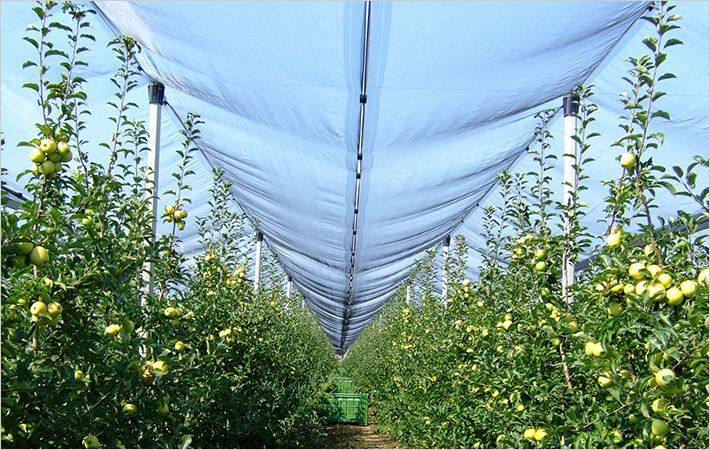These drivers are increasing income levels in the middle-class, increase in working women population, high birth rates, increase in awareness about child care and increase in willingness by parents to spend on baby care products for better overall child development, adds the survey.
So, tthere is huge expectation of the baby care market to show progress especially in the developing nations. The introduction of organic baby products can further boost the progress rate.Despite slowdown, the Indian baby care products continues to grow at a compound annual growth rate (CAGR) of over 20% and expected to reach Rs. 4,200 crore by 2014 as against the current size of Rs. #
Mr. Rawat also said India is fast emerging as one of the world's fastest growing baby care market with its vast consumer base and fundamental cultural shifts. Even in the tough post recessionary scenario, the industry continued to show strong year on year growth.
In a survey, ASSOCHAM also claims that baby food segment lags behind in joint family, followed closely by toiletries segment which comprises mainly of diapers and its accessories. The main reason for such a lag is the cultural barrier, which discourages pre-packaged foods for infants and also emphasizes on the importance of mother's milk and freshly prepared food for the babies.
Other reasons that are responsible for the lag are that the packaged foods (including formula for substituting mother's milk) are mostly imported and are very expensive at the retail price. Baby food products segment still remains strictly for rich Indian diaspora.
The report identifies that a vast prospect population will provide enough growth opportunities to new and existing players and will position India as one of the world's biggest and fast growing baby care markets. Various factors such as, growing income level, increasing general awareness, and shift in consumer preference will propel the growth of Indian baby care industry.
As per the ASSOCHAM findings, India has the highest birth rate among the BRIC nations and countries such as the US and the UK. The per capita expenditure on baby personal care products is the lowest and the projected growth rate the highest, adds the paper.
Factors fuelling growth
• Offering kids the best of the world:. Parents do not mind spending some extra bucks for the comfort of their kids.
• Concept of small families: People prefer to stay in nuclear families and have a single child. Therefore all the attention is given to the kid.
• Interrelation between disposable income and spending: Due to both couples working and earning, the disposable incomes have increased. Parents want branded clothes, soaps, shampoos and diapers etc for their babies.
• Kid's consciousness: Growth in this sector can be guessed by all the television commercials made on baby products.
• Entry of international players: Earlier with limited brands in this sector, there was less awareness but now entrepreneurs as well as parents have recognised the demand of the market.
The Associated Chambers of Commerce and Industry of India (ASSOCHAM)


